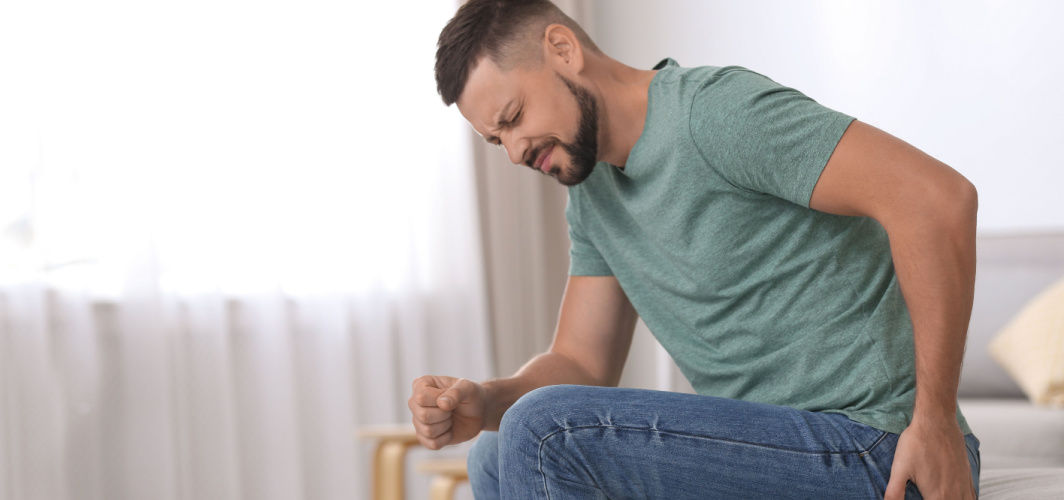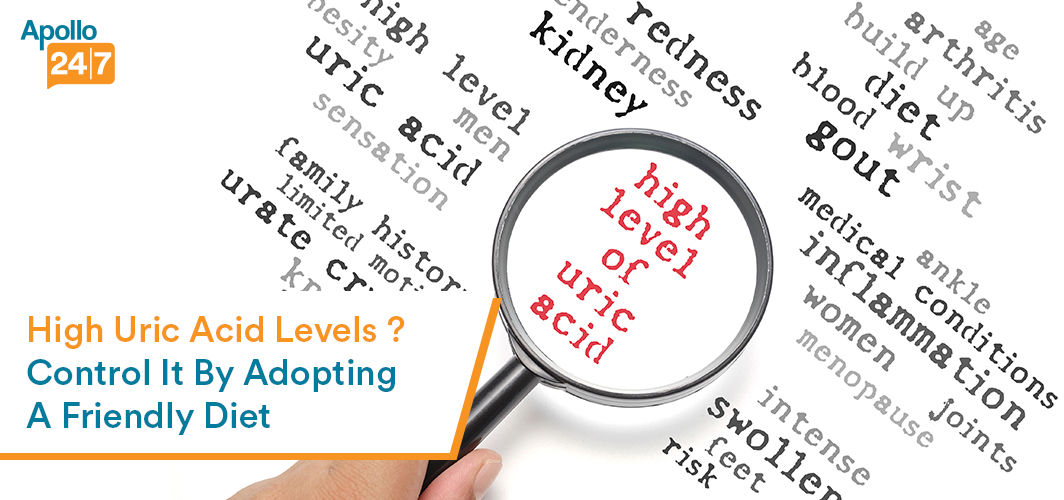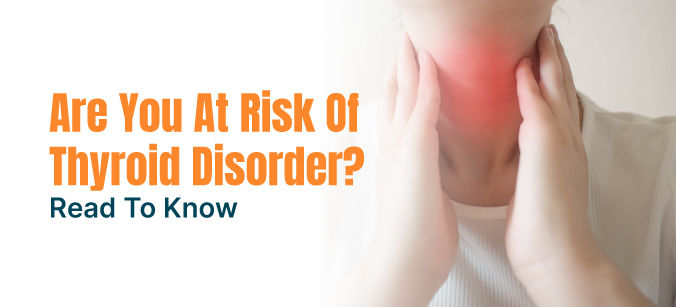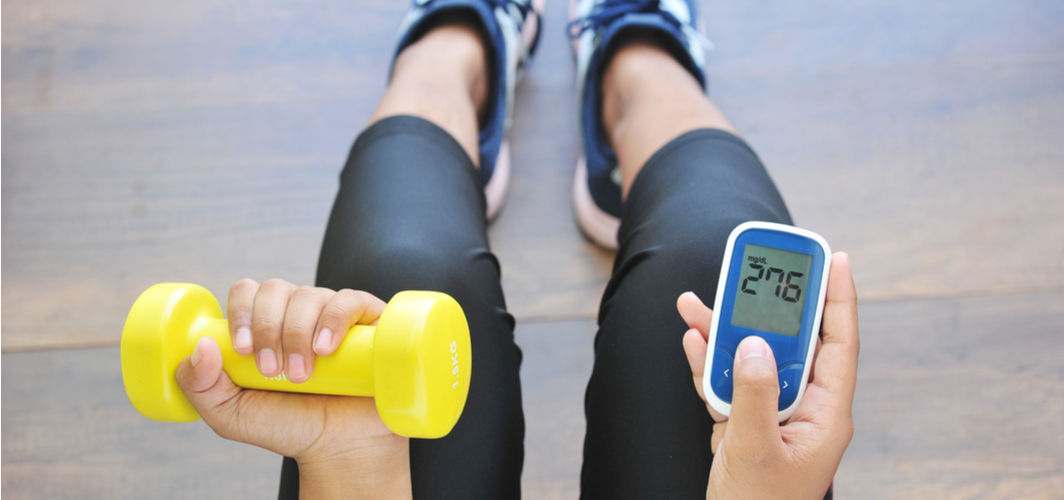General Health
Recognising the Early Signs of Piles
9 min read
By Apollo Pharmacy, Published on - 17 October 2023
Share this article
0
0 like

Piles are a common medical condition, with millions of people affected worldwide. They can cause symptoms that vary from person to person. In India, the prevalence of piles is estimated to be around 11%, affecting both men and women equally. The prevalence of piles is relatively high in India due to various factors such as dietary habits, sedentary lifestyle and genetic predisposition. The impact of piles on individuals can be significant, leading to discomfort, pain and even psychological distress. Therefore, recognising and addressing the piles symptoms is essential for improving their quality of life.
What Are Piles?
Piles, also called haemorrhoids, are swollen blood vessels in the rectum or anus. They can cause discomfort and pain, particularly during bowel movements.
1. Types of Piles
Piles can be classified into two types:
- Internal: Internal piles are located inside the rectum and are generally painless. However, they may cause bleeding during bowel movements.
- External: External piles are visible around the anus and can be accompanied by itching, pain and swelling.
2. Causes and Risk Factors of Piles
Various factors contribute to the development of piles, which include the following:
- Chronic Constipation: Straining during bowel movements puts pressure on the blood vessels in the rectal area.
- Pregnancy: The increased pressure on the pelvic region during pregnancy can lead to piles.
- Obesity: Excess weight can also strain the blood vessels in the rectal area.
- Ageing: As we age, the tissues supporting the blood vessels weaken, making them more susceptible to swelling.
Recognising the Symptoms of Piles
Knowing the piles symptoms can help you seek timely medical attention and find relief from the symptoms. Here are some symptoms to watch out for:
- Pain and Discomfort: This pain in the anal region can range from mild to severe and may be accompanied by a burning sensation.
- Itching or Irritation: Itching or irritation around the anus can be persistent and may worsen after bowel movements.
- Bleeding: Bleeding during bowel movements may be seen as bright red blood in the toilet bowl.
- Swelling or Lumps: Piles can cause swelling or lumps near the anus. These lumps may be tender to the touch and cause discomfort or pain.
- Leakage of Faeces: In some cases, piles can lead to leakage of faeces. This can occur due to the weakening of the muscles around the anus.
- Feeling of Incomplete Bowel Movement: People may experience a feeling of incomplete bowel movement, even after passing stool. This can be due to the presence of swollen blood vessels in the rectum.
- Experiencing Pain or Discomfort while Sitting: Piles can make it uncomfortable to sit for long periods. This is because sitting adds pressure to the anal area, which can aggravate existing symptoms.
It's important to remember that these symptoms could also indicate other conditions, such as anal fissures or inflammatory bowel disease. If you experience any of these symptoms persistently, it is advisable to consult a doctor for an accurate diagnosis and appropriate treatment.
Warning Signs of Piles
The symptoms and warning signs are fairly similar, and both need to be taken seriously. Here are the common warning signs:
- Severe rectal bleeding
- Persistent itching and irritation around the anus
- Pain and discomfort while sitting which significantly impacts the ability to perform basic tasks
- Anal discharge of mucus
- Prolapse of the internal piles
- The feeling of an incomplete bowel movement
Seeking Medical Diagnosis for Piles
A medical diagnosis allows your healthcare provider to develop a customized treatment plan based on the severity of your piles and your overall health.
1. Physical Examination
During the physical examination, your healthcare provider will inspect the anal area for any external haemorrhoids, internal haemorrhoids or other possible causes of your symptoms.
Additionally, they may ask you questions about your medical history, including any previous episodes of piles, family history of the condition, your bowel habits and any other relevant information. This will help them better understand your symptoms and make an accurate diagnosis.
2. Diagnostic Tests and Procedures
In some cases, further diagnostic tests or procedures may be necessary to confirm the diagnosis of piles, which can include the following:
- Digital Rectal Examination (DRE): Your doctor may insert a gloved finger into the rectum to feel for any abnormalities or swollen blood vessels.
- Anoscopy or Proctoscopy: These procedures involve inserting a hollow tube with a light source into the anus to visualise the anal canal and rectum. This allows the doctor to examine the internal haemorrhoids more closely.
- Sigmoidoscopy or Colonoscopy: These tests are performed if there is a suspicion of other underlying conditions or if your symptoms persist despite treatment. They involve using a flexible tube with a camera to examine the entire colon.
- Stool Analysis: A stool sample may be requested to rule out other causes of rectal bleeding or to check for any signs of infection.
Treatment Options for Piles
When it comes to treating piles, there are several options available based on the severity and type of piles, apart from lifestyle modifications and over-the-counter medications, which include the following:
1. Minimally Invasive Procedures
Minimally invasive procedures are medical interventions that are performed with the goal of minimising trauma to the body compared to traditional open surgeries. For piles, it can include:
- Rubber Band Ligation: A small rubber band is placed around the base of the haemorrhoid to cut off its blood supply, causing it to shrink and fall off.
- Sclerotherapy: A solution is injected into the haemorrhoid, causing it to shrink and eventually disappear.
- Infrared Coagulation (IRC): Heat is used to coagulate the blood vessels supplying the haemorrhoid, leading to its shrinkage.
2. Advanced Technologies
Some advanced treatments for piles include:
- Laser Treatment: Laser technology is now being used to treat piles effectively. Laser energy is used to shrink the haemorrhoid and seal off its blood vessels, reducing pain and promoting healing.
- Doppler-guided Haemorrhoidal Artery Ligation (DGHAL): This procedure uses ultrasound technology to locate and ligate the arterial blood supply to the haemorrhoids. It is a minimally invasive procedure that offers a high success rate with minimal postoperative pain.
3. Over-the-Counter Products
Over-the-counter products can be useful in managing the symptoms of mild to moderate piles. However, it's crucial to consult with a healthcare professional before using any over-the-counter medications to ensure they are appropriate for your specific condition.
- Topical treatments containing ingredients like witch hazel or hydrocortisone can help reduce itching, inflammation and pain associated with piles. Make sure to follow the instructions provided on the product packaging.
- Suppositories may also be used to alleviate symptoms by reducing swelling and promoting healing.
Lifestyle Modifications for Symptom Management of Piles
Managing piles symptoms can largely be done through lifestyle modifications and home remedies. Here are some effective strategies to consider:
1. Diet Modifications
Some dietary recommendations include:
- Incorporate high-fibre foods into your diet, as they promote regular bowel movements and prevent constipation.
- Avoid spicy and fried foods, as they can aggravate symptoms and lead to increased discomfort.
- Adequate intake of fluids is essential to soften stools and ease bowel movements. Drinking at least eight glasses of water a day is recommended.
2. Maintaining Proper Hygiene
Maintaining proper hygiene is essential for overall health and well-being.
- Clean the anal area gently with warm water after each bowel movement.
- Consider using a sitz bath, which involves soaking the buttocks and hips in warm water for about 15 minutes. This can help reduce pain and swelling.
Please note that although these lifestyle modifications and home remedies can relieve mild symptoms, they may not provide a complete cure. Please consult a doctor to cure your ailments completely.
Preventive Measures for Managing Piles
Making specific lifestyle changes can be instrumental in preventing the recurrence of piles. Here are some key measures you can take:
- Regular Exercise: Engage in regular physical activity to promote bowel regularity. Exercise helps prevent constipation and reduces the pressure on the veins in the rectal area.
- Avoiding Prolonged Sitting or Standing: Avoid prolonged periods of sitting, especially on hard surfaces. If your work involves extended periods of sitting, take breaks to stand and move around.
- Practising Proper Bowel Habits: Straining during bowel movements can contribute to the development of piles.
Regular check-ups with a physician are crucial for managing piles effectively. They can help identify any underlying causes or complications early on, allowing for timely intervention.
Conclusion
To sum it up, piles can be a painful and uncomfortable condition. It is essential to seek medical advice and get an early diagnosis to ensure appropriate treatment. If you experience any piles symptoms such as itching, bleeding or pain around the anal area, do not hesitate to consult a doctor. They can provide you with the necessary guidance and recommend suitable treatment options based on the severity of your condition. Taking control of your health can improve your quality of life and avoid complications associated with piles. Remember, early intervention is key in managing this condition effectively. So, take action today and prioritise your well-being.
For all your digestive health-related aids,
Explore Stomach Care Essentials
FAQs
Q. Can piles cause bleeding?
Yes, one of the common symptoms of piles is bleeding during bowel movements. The blood may be bright red or darker and can be found on toilet paper or in the toilet bowl.
Q. Is rectal pain always present in piles?
Rectal pain is a common symptom of piles but may not be present in all cases. Some people may experience itching, swelling or bleeding without any significant pain.
Q. How long does a bout of piles last?
The duration of a pile episode can vary from person to person. In most cases, flare-ups last for a few days to a week and then subside on their own. However, recurrent episodes may occur over time.
Q. Can external piles cause discomfort?
Yes, external piles can cause discomfort, especially if they become thrombosed (blood clot forms within them). This may lead to severe pain and require medical attention.
Q. Are there any serious complications associated with piles?
While piles themselves are not life-threatening, they can cause complications such as anaemia (due to chronic bleeding), strangulation (when the blood supply to internal haemorrhoids is cut off) or infection (if the piles rupture and get infected).
General Health
Leave Comment
Recommended for you

General Health
High Uric Acid Levels? Control It By Adopting A Friendly Diet
Do you have high levels of uric acid? Then you must be cautious as it can lead to gout, a painful bone disorder that mainly affects the joints. High levels of uric acid indicate the kidney's inefficiency to eliminate it from the body.

General Health
7 Nutrient-Rich Summer Vegetables To Beat The Heat
During the hot summer months, incorporating seasonal vegetables into your meals is an effortless way to supply your body with essential nutrients. These vegetables have low-calorie counts and are rich in fibre, vitamins, and minerals, which aid in regulating blood pressure, combating inflammation, and preventing illnesses.

General Health
10 Most Googled Questions On Thyroid Answered By An Apollo Expert
The thyroid gland is responsible for metabolism, growth, and several other important functions. Read to know how abnormal functioning of this gland can affect your overall well-being.
Subscribe
Sign up for our free Health Library Daily Newsletter
Get doctor-approved health tips, news, and more.
Visual Stories

The Best Exercises for Controlling Blood Sugar Levels
Tap to continue exploring
Recommended for you

General Health
High Uric Acid Levels? Control It By Adopting A Friendly Diet
Do you have high levels of uric acid? Then you must be cautious as it can lead to gout, a painful bone disorder that mainly affects the joints. High levels of uric acid indicate the kidney's inefficiency to eliminate it from the body.

General Health
7 Nutrient-Rich Summer Vegetables To Beat The Heat
During the hot summer months, incorporating seasonal vegetables into your meals is an effortless way to supply your body with essential nutrients. These vegetables have low-calorie counts and are rich in fibre, vitamins, and minerals, which aid in regulating blood pressure, combating inflammation, and preventing illnesses.

General Health
10 Most Googled Questions On Thyroid Answered By An Apollo Expert
The thyroid gland is responsible for metabolism, growth, and several other important functions. Read to know how abnormal functioning of this gland can affect your overall well-being.